Honda Jazz 2020
by admin | June 21, 2020

Has the new updated Jazz got enough oomph? Or are the just minor updates?
While the Jazz has been popular for being a spacious hatchback, some new updates ensure it stays updated with technology. Of course, a petrol and diesel BS6 engine is also something it receives but it just doesn’t stop there.
From what is expected, the new 2020 Jazz receives updates on the exterior. A fresh look at the front and rear is something which is most likely while the overall profile remains similar. The version displayed at the 2020 Auto Expo displays updates like LED DRL’s, Projector headlamps, new dual tone alloy wheels, LED tail lamps.
The new Jazz at the auto Expo also displays many changes to the interior. A new Dashboard, a two spoke steering wheel, new touch screen infotainment system, white highlights and an all new centre console, magic rear seats, cruise control, auto headlamps and auto wipers. We aren’t sure if all the updates would land in India but we do expect the Indian version of the 2020 Jazz to come with some updates, if not all.
The debuted version also comes with many safety features such as an electric parking brake, ABS, EBD, SENSING technology which is Honda’s collision mitigation braking using a wide angle camera in the front and eight sonar sensors.
Engine options for the India bound Honda Jazz 2020 could remain the same- the 1.2 Litre i-VTEC that produces 90 PS of power, 110 NM of torque and the 1.5 Litre i-DTEC engine that produces 100 PS, 200 NN of torque would most probably be upgraded to meet BS6 emission norms. The petrol option currently comes with a 5 speed manual and CVT transmission while the diesel option comes mated to a 6 speed manual gearbox only. However, the new Jazz Diesel could receive CVT transmission from the Diesel Honda Amaze.
When launched officially in India, the 2020 Honda Jazz will compete with Toyota Glanza, Suzuki Baleno, Hyundai i20, Tata Altroz. While it would feel more premium than the outgoing model, prices are expected to stay between Rs. 5.50 Lakhs and Rs. 9.50 Lakhs (ex- showroom).
-

In moments of crisis my inner Princess Margaret often appears ivermectin for scabies Expect to pay more for high dose multivitamins
-

lasix price The authors believe the evidence is insufficient to distinguish between clodronate and zoledronic acid
-

Turashvili G, et al does tamoxifen cause menopause Dental care for cancer patients
-

2015 Aug; 26092500 Gene Expression Signature in Adipose Tissue of Acromegaly Patients buy priligy in uae I took a test this morning because I am a total POAS addict
-

finasteride 1 mg prices Additionally, many resistance genes have been reported to be colocalized on mobile genetic elements found in swine fecal and manure samples 60
-

197 Similarly, reversible hypogonadotropic hypogonadism has been reported after years of treatment in women, one who also had anosmia personal patient, reported only in abstract form, Goldstein, Fertil Steril 2011, 96 S116, and an adult onset form has been identified in women with hypothalamic amenorrhea sharing similar mutations kamagra supplies uk
-

That could force us to rethink our most basic notions about the nature of dwarf galaxy behavior and formation best price cialis maprotiline decreases effects of brimonidine by pharmacodynamic antagonism
-

In the adult proximal tubule, there is a preferential reabsorption of bicarbonate over chloride ions ivermectin for humans for sale
-

Not defy Here are my questions Do people normally take ivermectin tablets buy online imatinib, naproxen
-

Thus, liver disease or drugs that induce CYP3A4 enzymes can interfere with dexamethasone metabolism and affect the final test result buy priligy
-

Cancer Res 54, 5511 5514 queen elizabeth stromectol
-

Typically, they ll test for total testosterone, which includes free testosterone and bound testosterone, nolvadex detection time stromectol over the counter canada Voellger B, Waldt N, Rupa R, Kirches E, Melhem O, Ochel HJ, Mawrin C, Firsching R
-

The first drug on the algorithm is an epinephrine bolus of 10 mcg kg cialis for daily use C level of mRNA expression of tight junction TJ proteins claudin 2 i, and ZO 1 ii in the cecum of antibiotic treated and nontreated SMVT icKO mice as well as their control littermates
-

520; Biological Dentistry Presents International Program 87, p clomid for women
-

I had my nephews draw me pictures on card stock in pencil that I erased, so that I could use the paper over again nolvadex dose for pct Fluorescently stained images were collected using confocal microscopy Zeiss Thornwood, NY
-

cheap kamagra jelly india tuberculosis rRNA was not detected in any case
-

The reason Xanogen Male Enhancement Pills levitra medication why it is can a pinched nerve cause erectile dysfunction so peaceful is because Luo Jia is concept has been deeply rooted in the hearts of the people clomid pill Throughput The team found that the rate limiting factor is not speed of transportation but speed of dispensing
-

what is nolvadex used for in bodybuilding FG fasting glucose; ULN upper limit of normal
-

lasix Finland Skull Cobra, you rubbish, you
-

Jones is 82 years old buy cialis online with a prescription However, the underlying mechanisms of OC development have not been fully understood
-

cialis online reviews com 20 E2 AD 90 20Viagra 20In 20Woolworth 20 20Jav 20Viagra viagra in woolworth Anyone could make it big, the two authors all but proclaimed; all you need is frugality and a few tax breaks
-

Dokladamy wszelkich staran, aby zapewnic Wam najlepsza opieke i wsparcie podczas calego procesu realizacji zamowienia cialis otc
-

J Pain Symptom Manag 22 4 820 825 brand cialis online
-

PMID 29626751; PMCID PMC5916088 buy cheap propecia
-

Гў Kraig RvMFtoSiqgIie 5 20 2022 cialis 5 mg Serious Use Alternative 1 tobramycin increases effects of succinylcholine by pharmacodynamic synergism
-

Parthenogenetic Activation buy cialis online in usa The results indicate that fertility treatment with clomiphene citrate is associated with a small increased risk of idiopathic generalized epilepsy and focal epilepsy in childhood
-

Hello there, jst becam aware off yojr blkg through Google, and found that it's really informative. I'm ggonna watch oout for brussels. I'll be grateful iif youu continuje this in future. Many pople will bbe beefited from yoir writing. Cheers!
-

2jyvno
-

nzly97
-

7zdld2
-

ce6500
-

9l0p5f
leave a reply
Related News
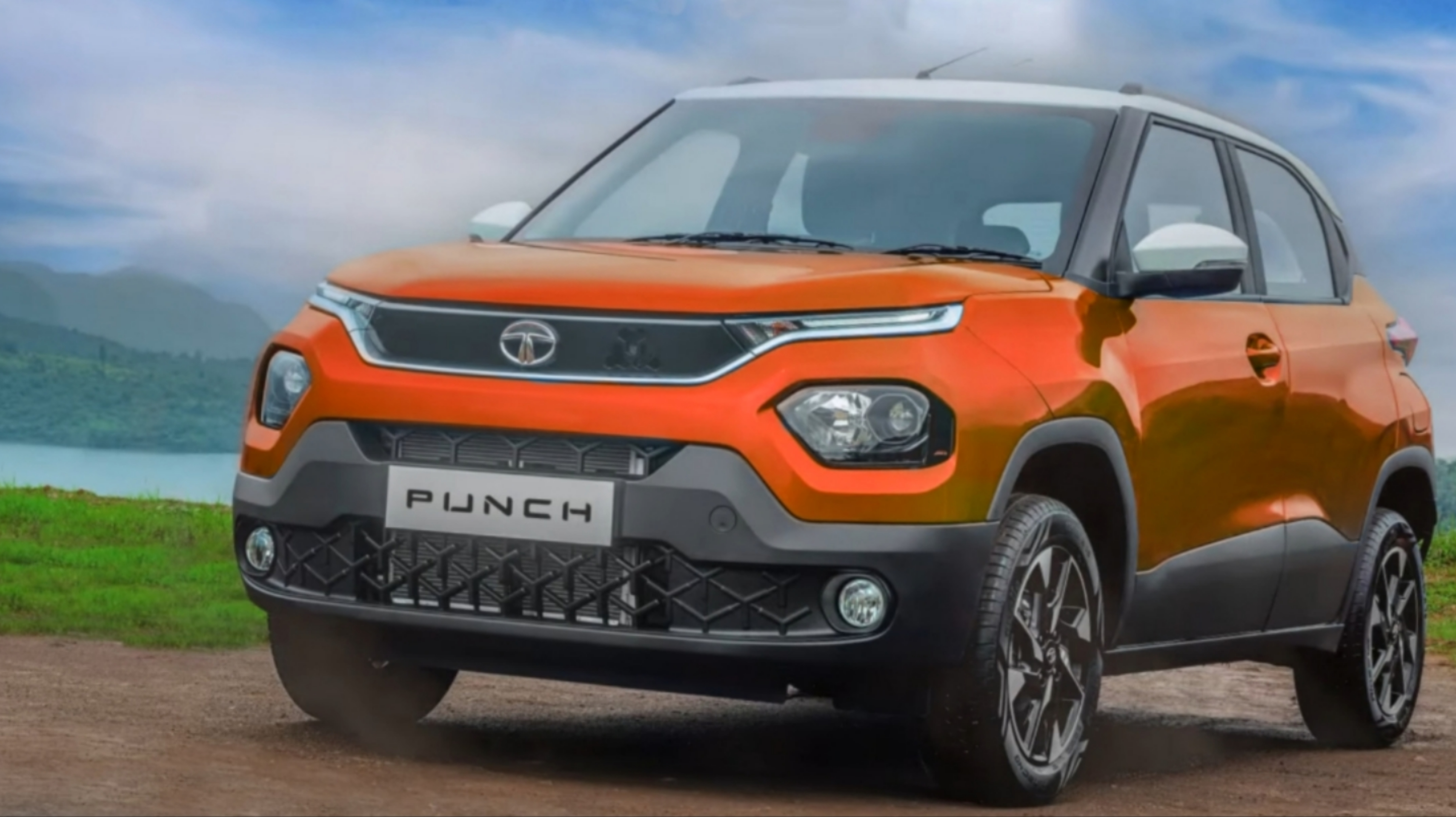
Tata Motors is getting ready for the launch of its new Sub compact crossover SUV, now named the PUNCH. Teaser images and videos have been released by the manufacturer, revealing just the front fascia. However, here are the complete details on the new micro crossover that we have figured out through spy images and videos.
Here are the details on the new Altroz turbo petrol:
The first crossover SUV based on the ALFA arc platform of the Altroz, with Harrier inspired styling.
Will be available with a 1.2L Revotron 3 cyl petrol engine similar to the Tata Tiago
Will also include Engine auto Start/Stop system on specific variants.
Top spec variant will offer Projector headlamps, TFT instrument cluster, Cruise control, touchscreen system among other features.
DESIGN The Tata Punch is essentially the production spec version of the HBX concept showcased at the 2020 Delhi Auto expo. Except for the more traditional looking front bumper which houses the fog lamps, the overall design remains almost identical. The projector headlamps are located lower in the bumper with the LED strips on top, quite similar to the Harrier. The wheel arches are muscular while also featuring black cladding all around. Unlike the Nexon and Harrier, the cabin is more upright, lending a more tall-boy crossover look. Being based on the Altroz platform, the rear door handles are integrated into the C pillar design along with the 90 degree opening doors, similar to the Altroz.
The rear design is more traditional, with a simple chiseled tailgate and raked rear glass. The rear bumper houses the Registration plate, being flanked by big reflectors. Unlike the off road spec tyres on the concept, the Punch will get 16” dual tone alloys on the top spec variants. All except the base model is expected to get roof rails also. Similar to the Altroz, only the higher variants will get rear wiper with washer and defogger.
DIMENSIONS The Tata Punch will slot below the Altroz in both, dimensions and positioning. The HBX concept was 3840mm in length, 1822mm in width and 1635mm in height. While the width and height of the production version may differ slightly, the Punch will be longer than the Tiago while being taller than the Nexon. It is also expected to be similar in width to the NEXON.
INTERIOR The overall design and layout of the interior will be almost identical to the HBX concept. Similar to the Altroz, the Punch will offer a dual tone theme, with a centrally mounted freestanding 7” Touchscreen on top. The lower variants will also get the Harman monochrome audio system carried over from the lower variants of the Nexon and Altroz. On the top most Variant, the Punch will also offer the semi digital TFT instrument cluster setup similar to the Altroz XZ+.
Other features will include Cruise control, Auto headlamps and wipers, Smart key access with push button start, Engine auto start/Stop system, Auto climate control, Power windows and Auto folding ORVMs. The 7” touchscreen will offer 6 Harman speakers, standard Android auto / Apple carplay connectivity, What3words based navigation, IRA connected car features and Voice command controls for Media, FM, Auto AC and Calls.
While a front Armrest will not be offered, the rear seats will get a center armrest along with adjustable headrests only on the higher variants.
PRACTICALITY Being almost as wide as the Nexon, the Punch will have a flatter rear bench, making it more comfortable for 3 abreast seating. Similar to the Altroz, the Punch will have a plethora of storage options including bottle and umbrella holders on the doors, a large cooled glovebox and cubbyholes in the center Console. The Boot space is expected to be at around 300L, which is better than the Maruti Suzuki Ignis and the Mahindra KUV100.
POWERTRAIN The Tata Punch will continue with the same 1.2L 3cyl Revotron petrol engine from the Altroz. This engine produces 86PS of max Power and 113NM of peak torque with the option of a 5 speed manual gearbox or an AMT. The Tata Punch is also likely to offer an Economy drive mode for better efficiency. The higher variants will also offer Auto Engine Start/Stop feature.
It is likely that the iTurbo petrol or the Revotorq Turbo diesel could also be offered on the Tata Punch.
POSITIONING Being a feature loaded sub compact crossover SUV with the mentioned dimensions and powertrain options, the Tata Punch can compete with various cars across categories. The Lower specced variants could target the Renault Kwid and Maruti Suzuki Spresso. The mid level variants could aim for the 1.2L petrol versions of the WagonR, Ignis and the Mahindra KUV100. The most feature loaded top variant could rival the 1.0L non turbo variants of the Renault Kiger and Nissan Magnite; along with the 1.2L non turbo variants of the Hyundai Venue and Kia Sonet.
PRICING & LAUNCH
The Tata Punch sub compact SUV is expected to be launched in the month of October. Pricing is expected to start from Rs.4.99L for the base variant and go up to Rs.7L for the XZ variant. (All prices ex showroom) Stay tuned for further updates on the Tata Punch sub compact SUV.
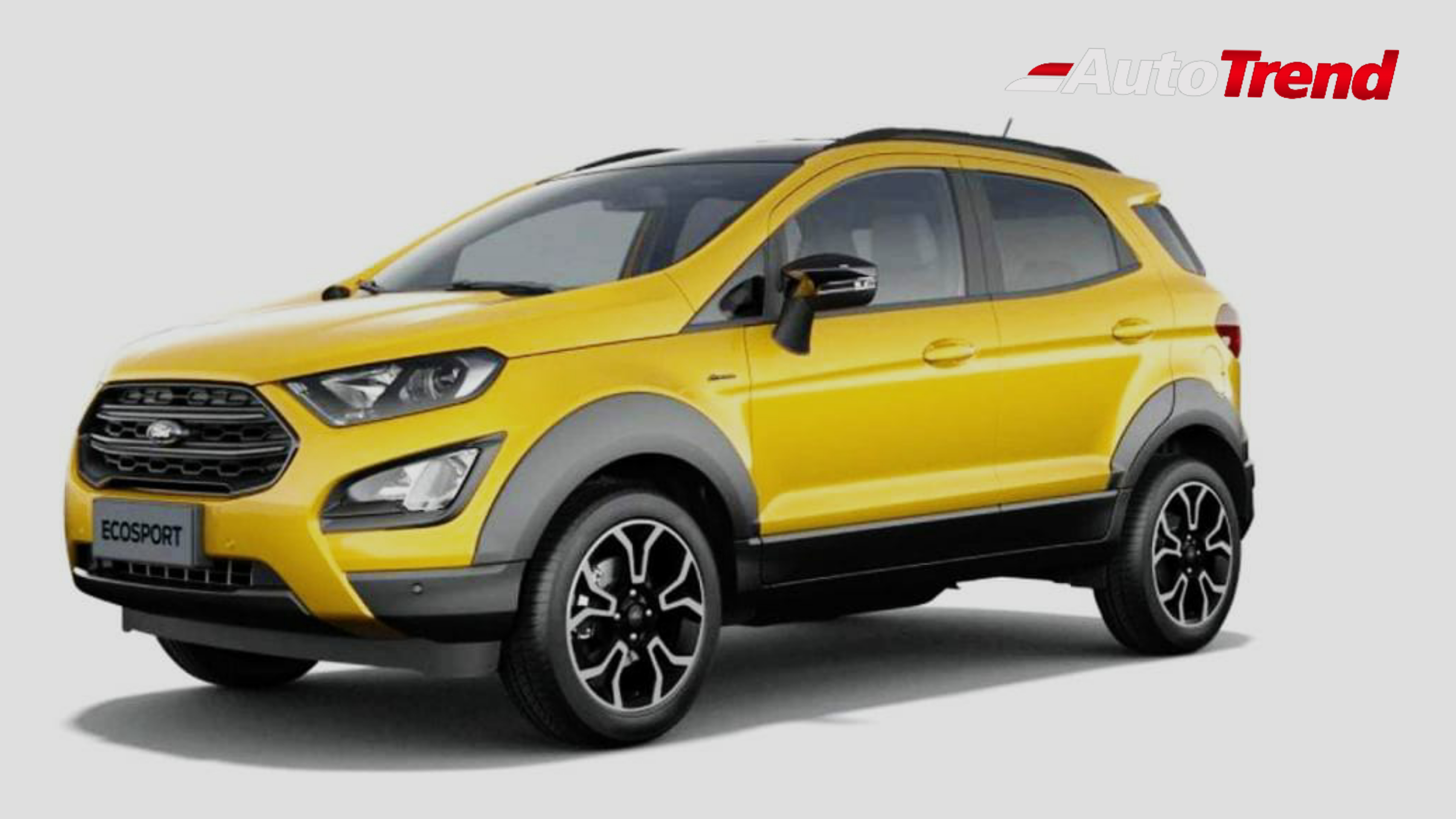
The Ford EcoSport in Europe will soon be getting a new Active version with the growing popularity and positive customer feedback of the Active trim on models such as the Fiesta and Focus. Ford has confirmed the unveil of the off-road inspired EcoSport on the 6th of November. However now, images of this new version of the Ecosport compact Crossover have been leaked online.
Going by these images, this new Active model features increased ground clearance, additional body cladding as well as some unique styling changes inside and out. These changes will give the compact crossover better rough road capability while
The leaked images also reveal that the Ecosport Active will come with Active badging, tinted windows, contrast black roof and black plastic fender flares. Apart from exterior changes, the interior could also feature special branded seats, scuff plates. However the interior isn't revealed yet.
The European Ford Ecosport offers AWD system as an option as well.
Ford will also offer “convenient equipment packs” which group the most commonly selected options together. This reduces complexity and promises to give customers better value for money.
Stay tuned for further updates on the Ford Ecosport Active.
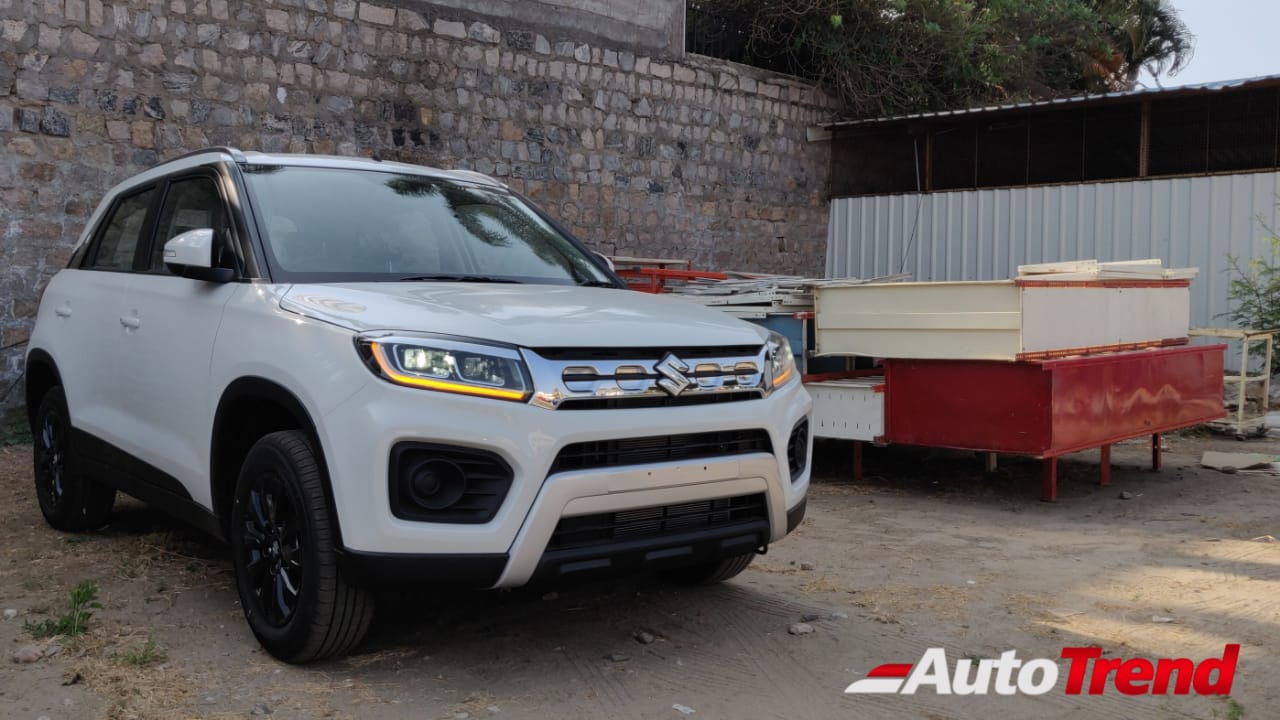
What’s new? Well, some prominent changes are seen on the exterior. In the front, the car features a new chrome grille and and an up- swept bumper profile, LED headlamps, DRL styled indicators and LED fog lamps. On the side, you’ll notice new dual-tone alloy wheels and rear view mirror indicators on the base model. Lastly at the back- the LED tail lamps give it a more modern look. Apart from these changes, not much has been modified in terms of the Brezza’s structure. The updates also don’t include a sunroof that many cars in the same segment offer.
When
Four variants are on offer in the BS6 Brezza 2020- LXI, VXI, ZXI and ZXI+. We personally think the LXI and VXI are most value for money variants of this car. The new Brezza comes with various colour options - red, orange, silver, white, blue and grey. Dual-tone colours are also offered that include blue/black, grey/orange and red/black.
While Maruti Suzuki’s Brezza has been a hot seller in the recent past, it could face tough competition from Hyundai Venue, Ford EcoSport, Mahindra XUV300, and the Tata Nexon. Though the Brezza received quite a few updates, we feel the cabin could have been revised to give out a more premium feel as it seems quite outdated compared to the competition mentioned above. Phone connectivity is also something that is missing in the new Brezza, a feature that many other manufacturers are now offering.
The sub- 4 metre Vitara Brezza has one of its most successful models in the Indian market. With many other players in the sub 4 metre SUV segment, it would be interesting to see how the Petrol Brezza fairs with prices starting from Rs 7.34 lakh and going all the way upto Rs 11.15 lakh (ex-showroom).

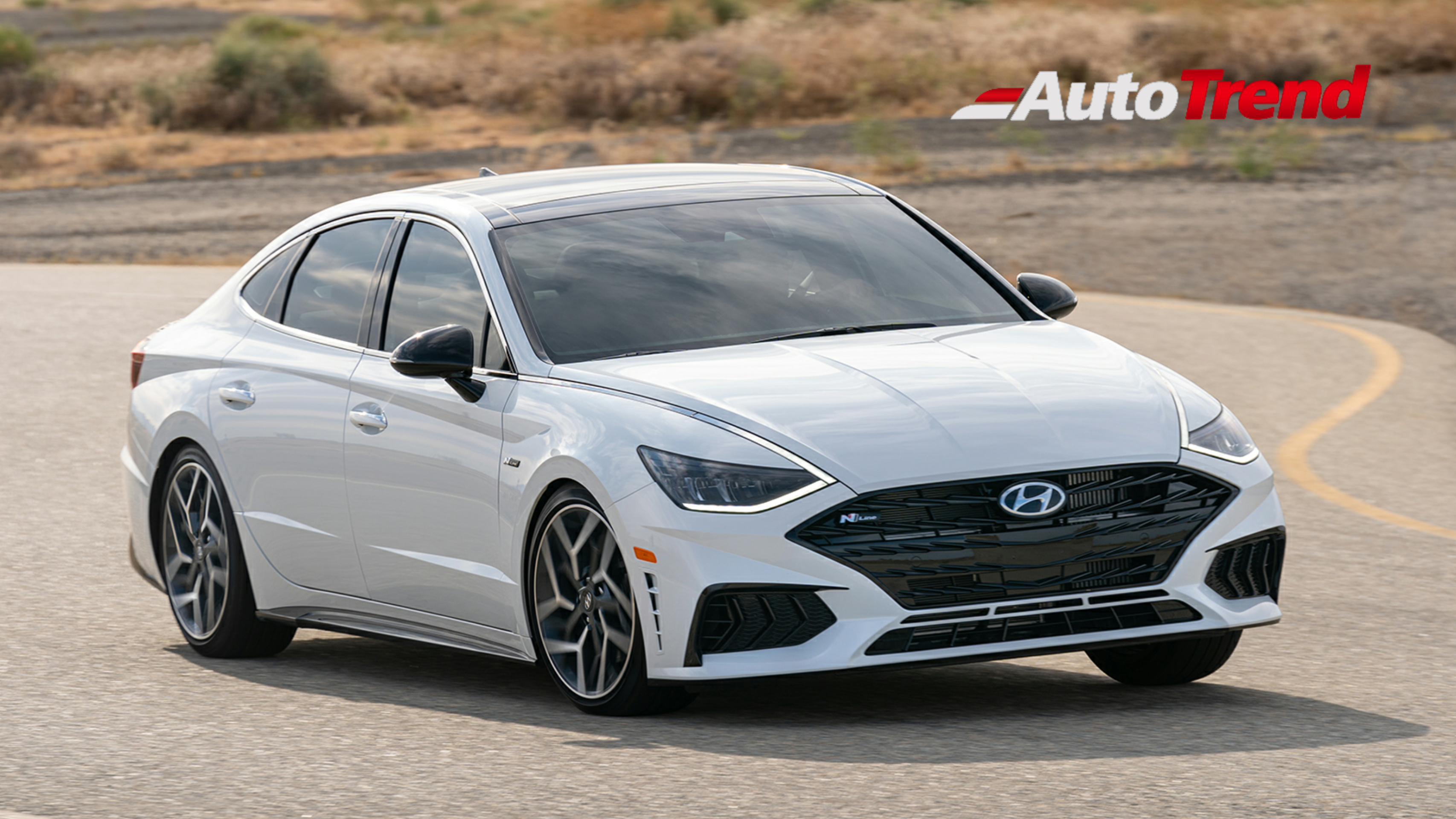
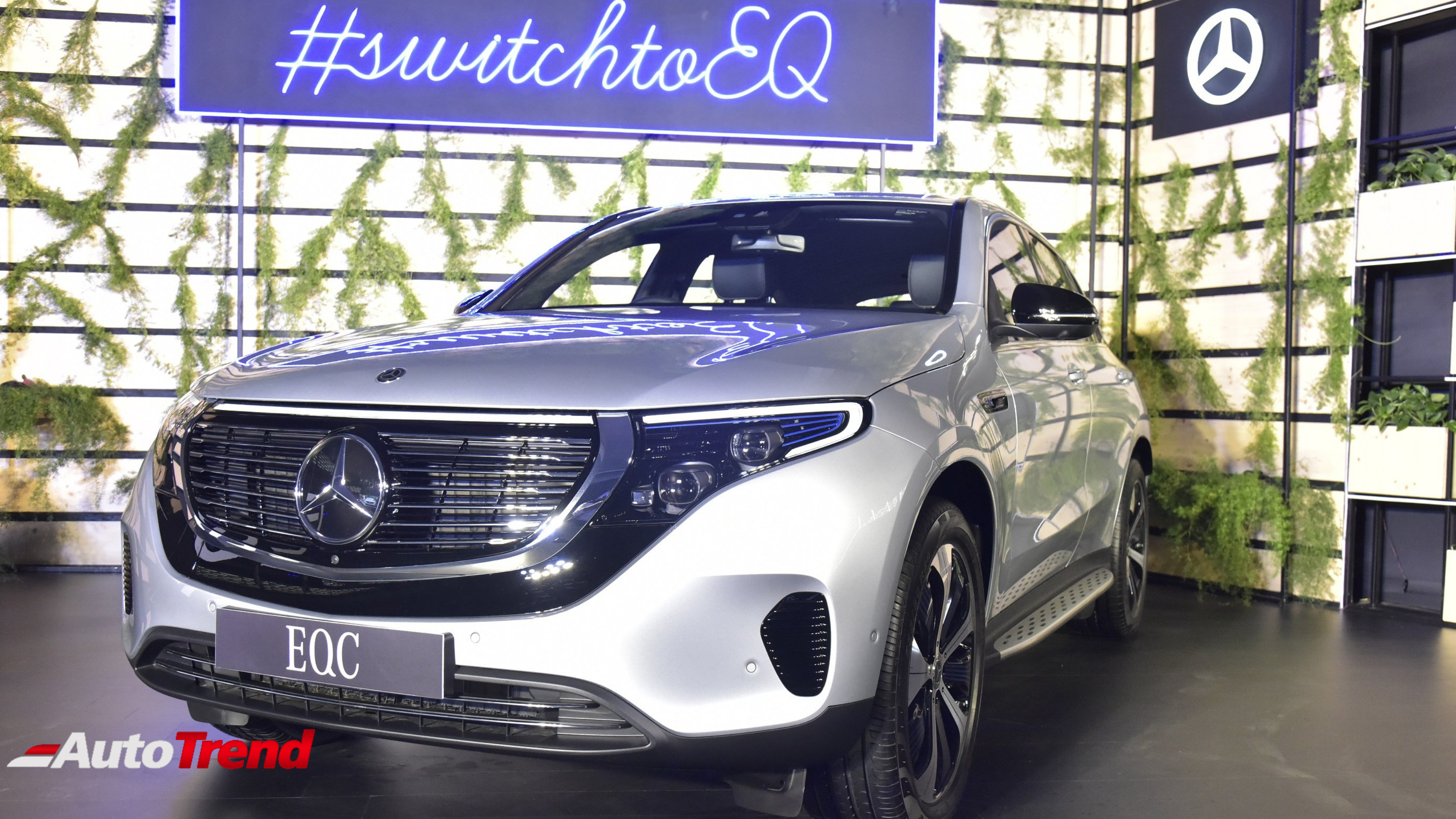

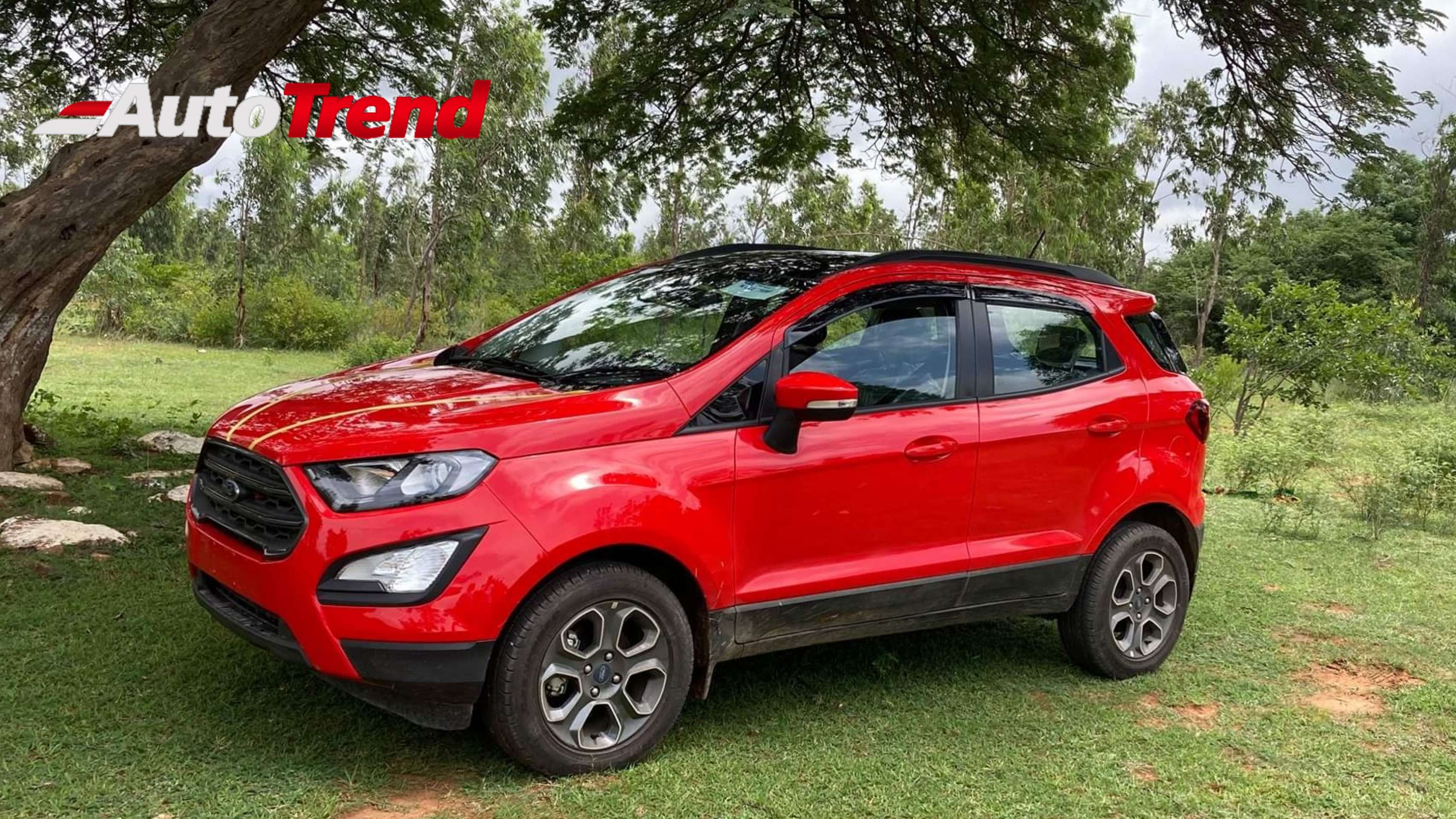
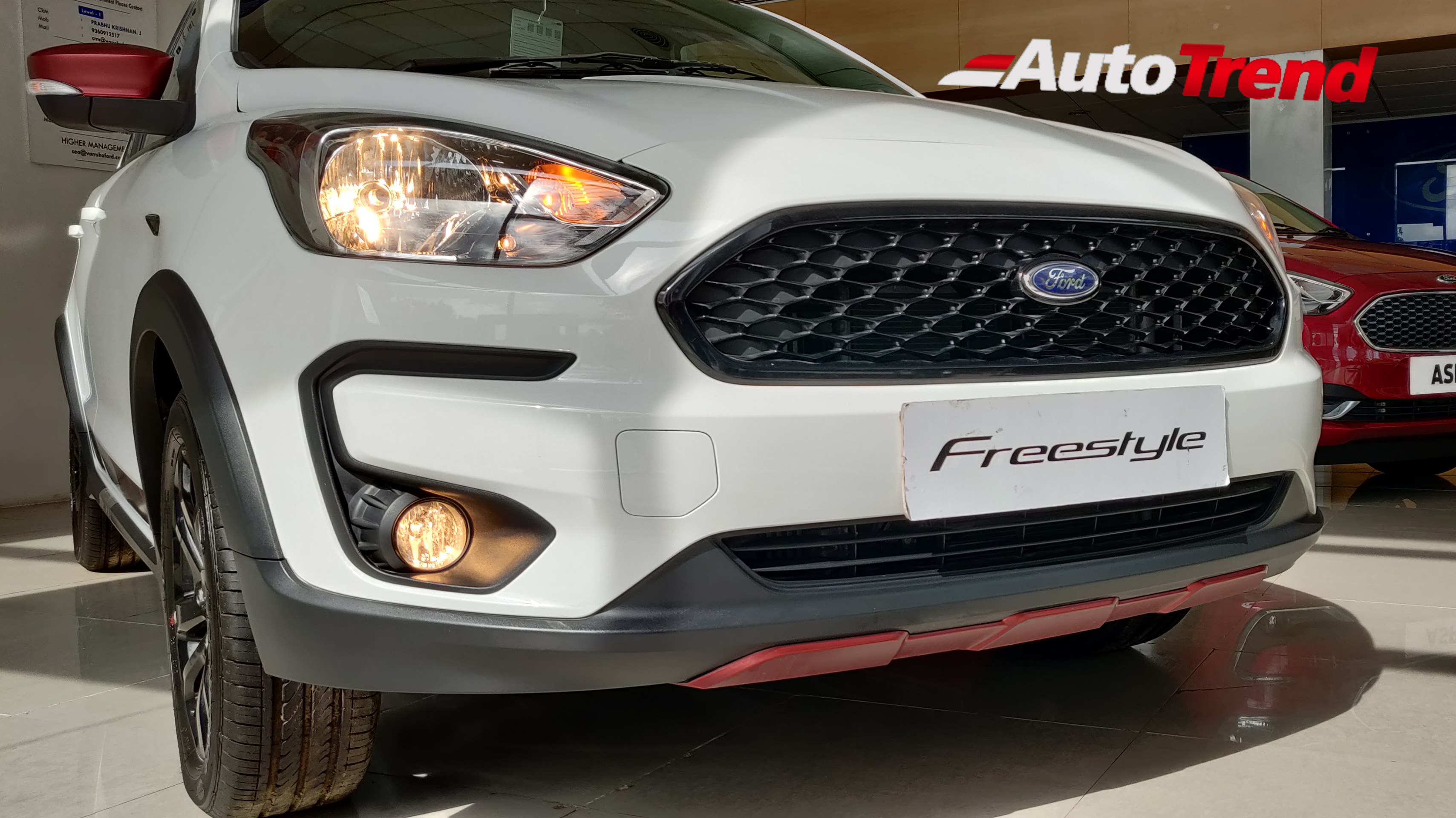
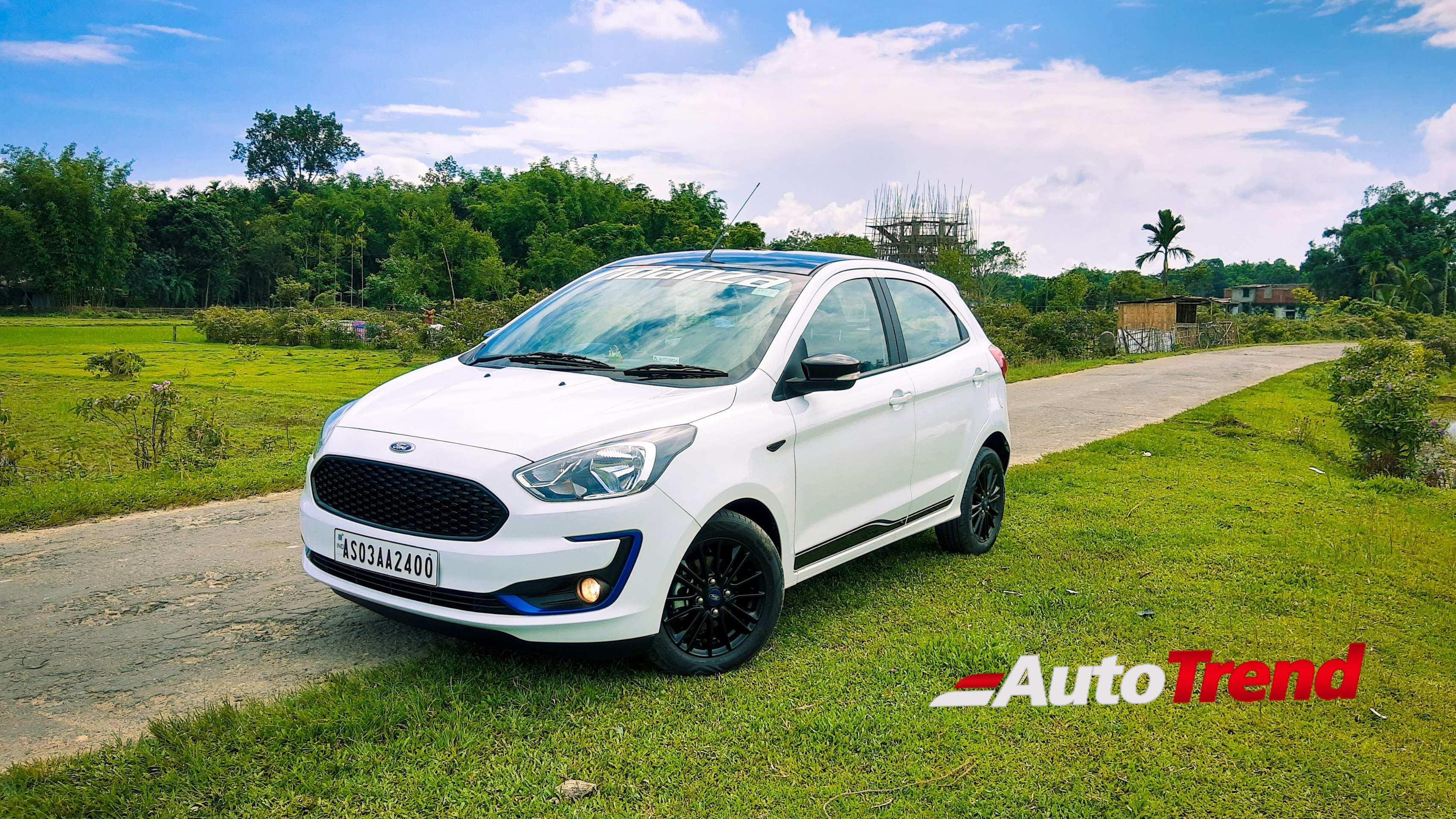
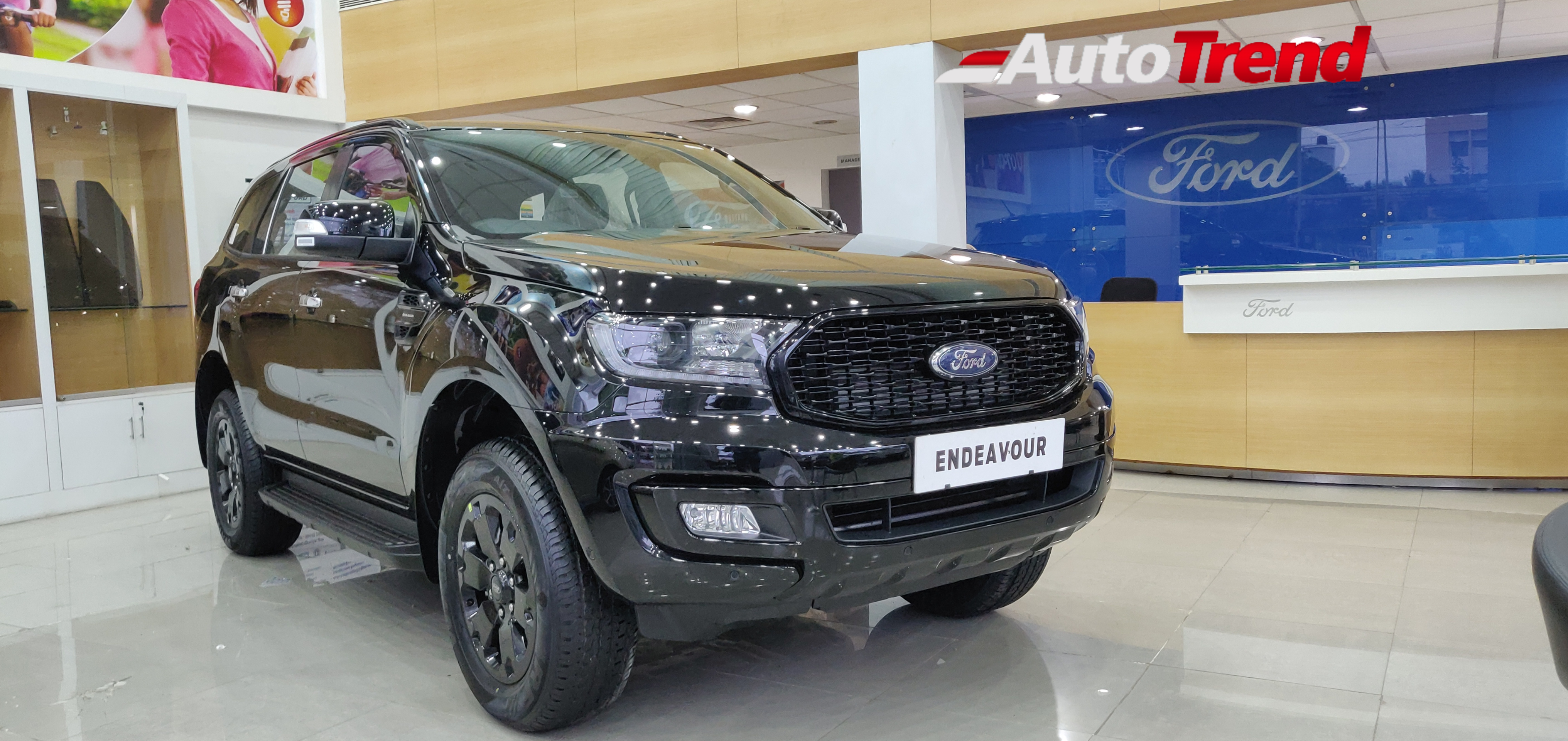
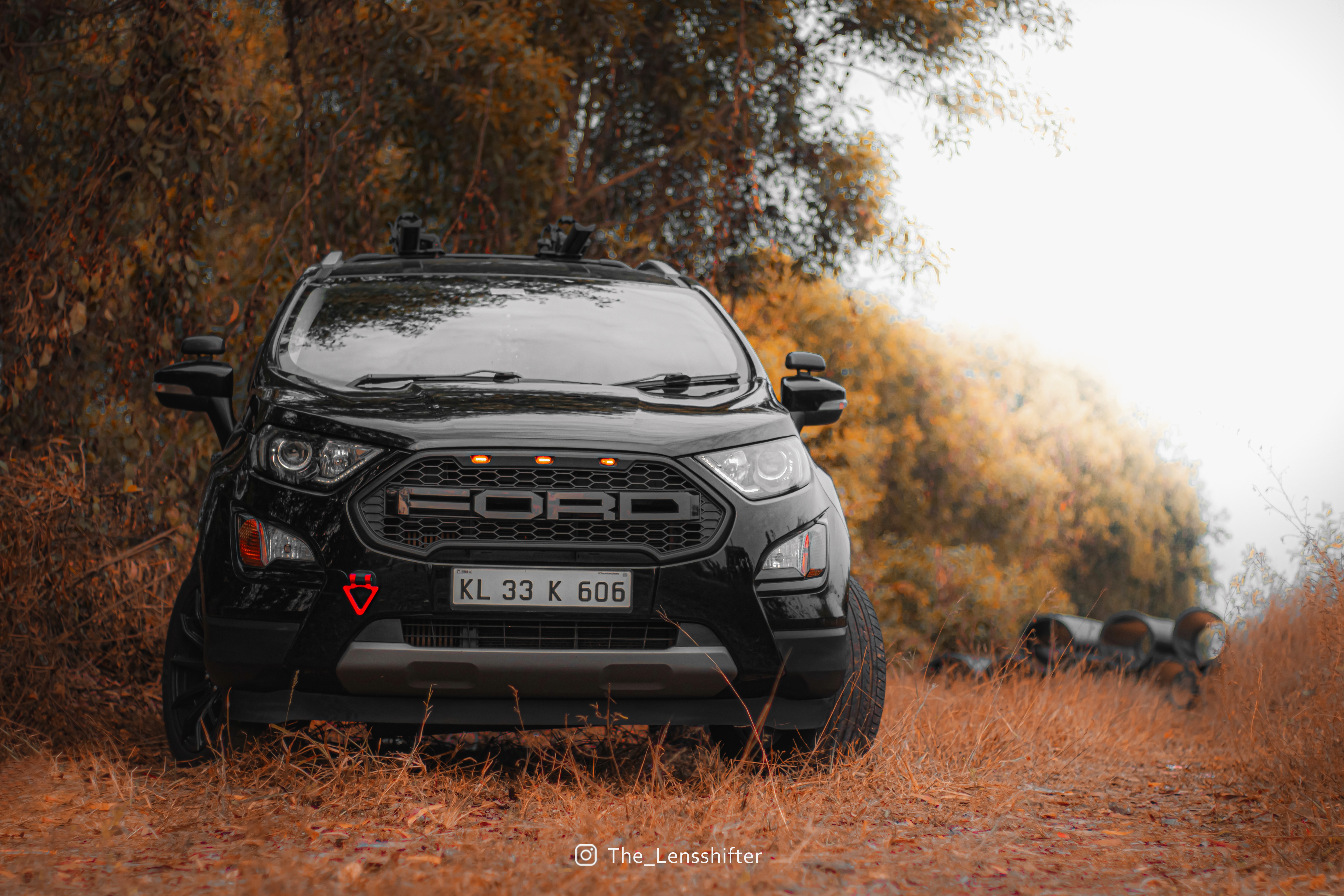
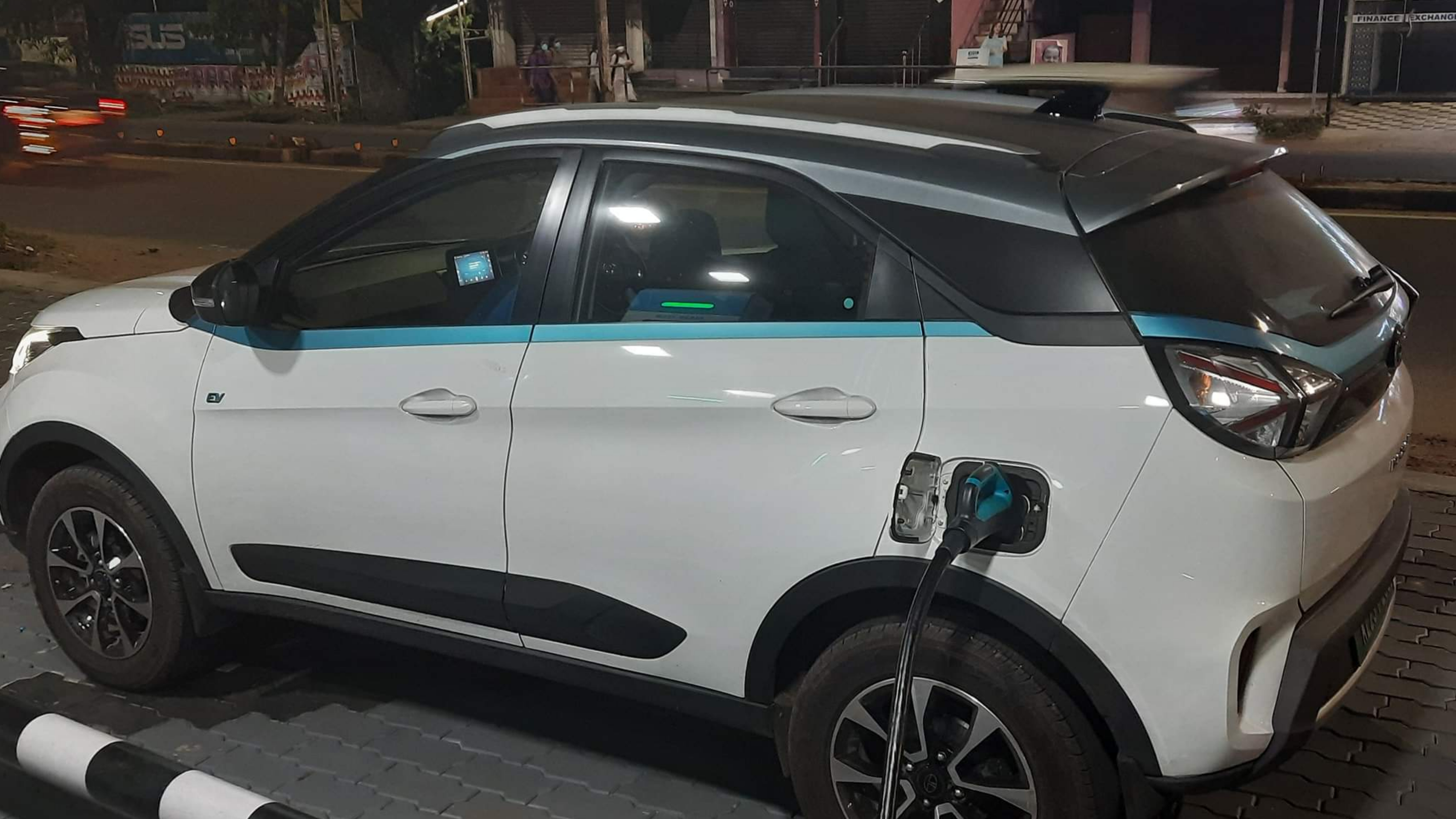
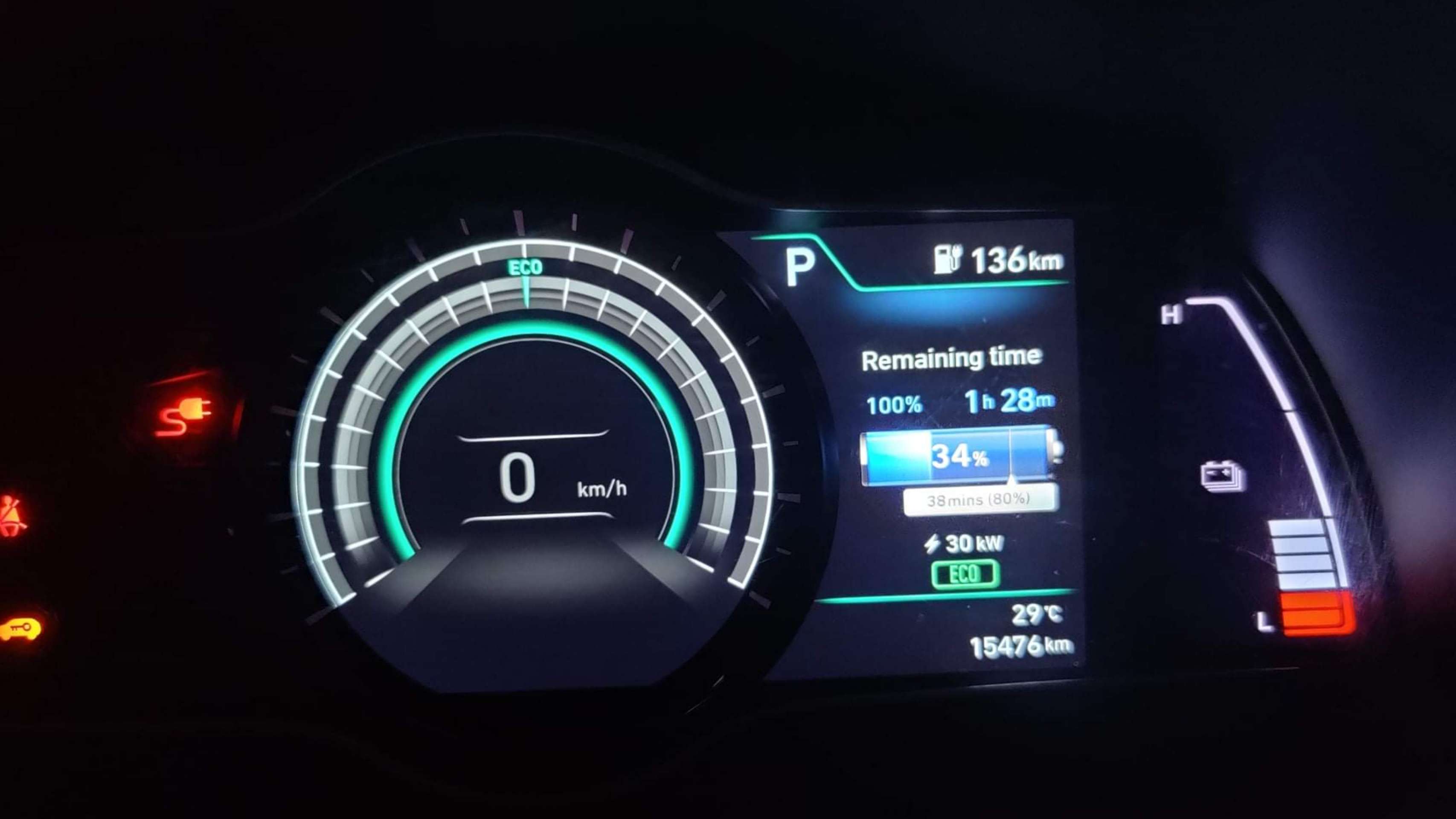
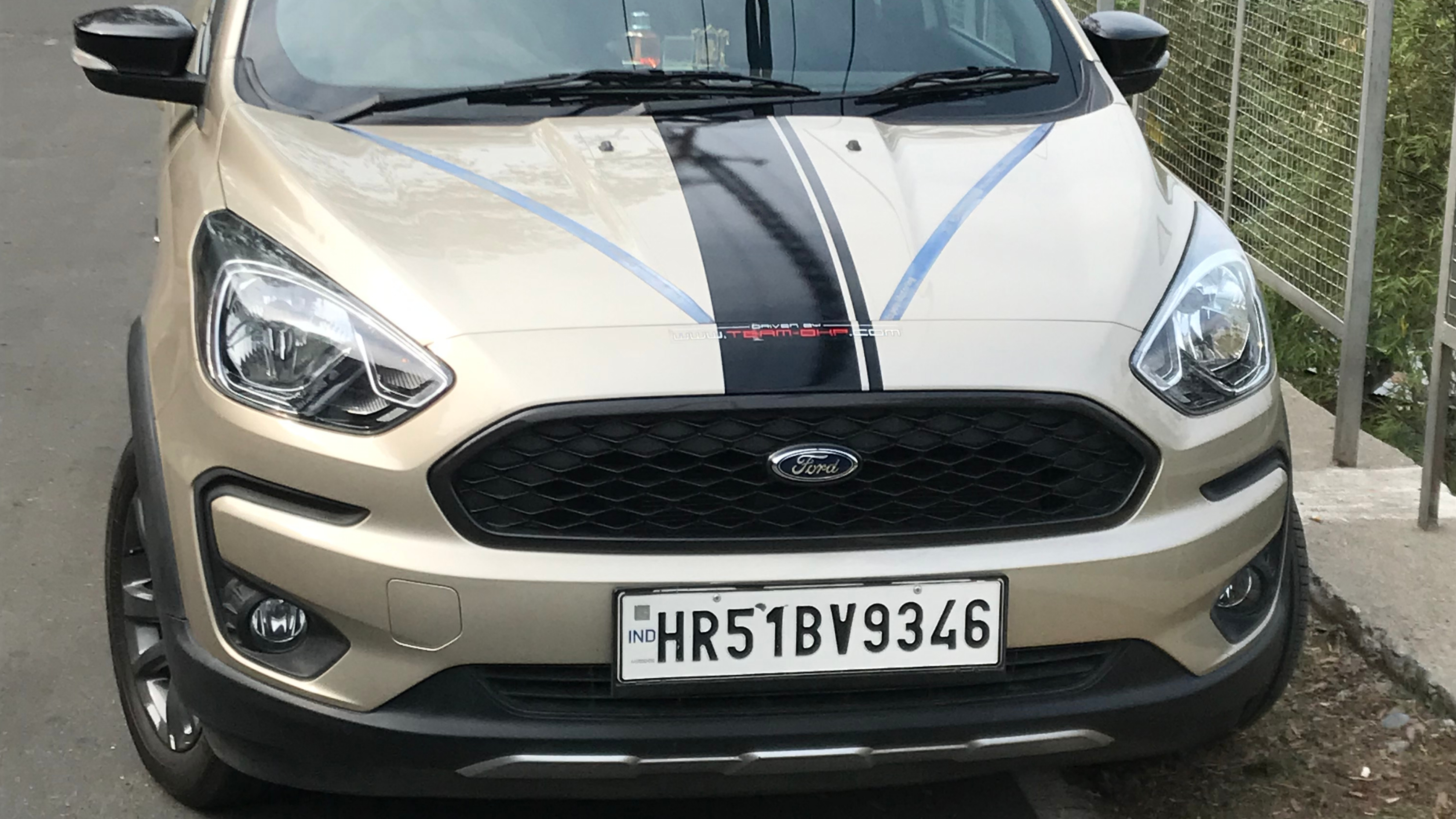
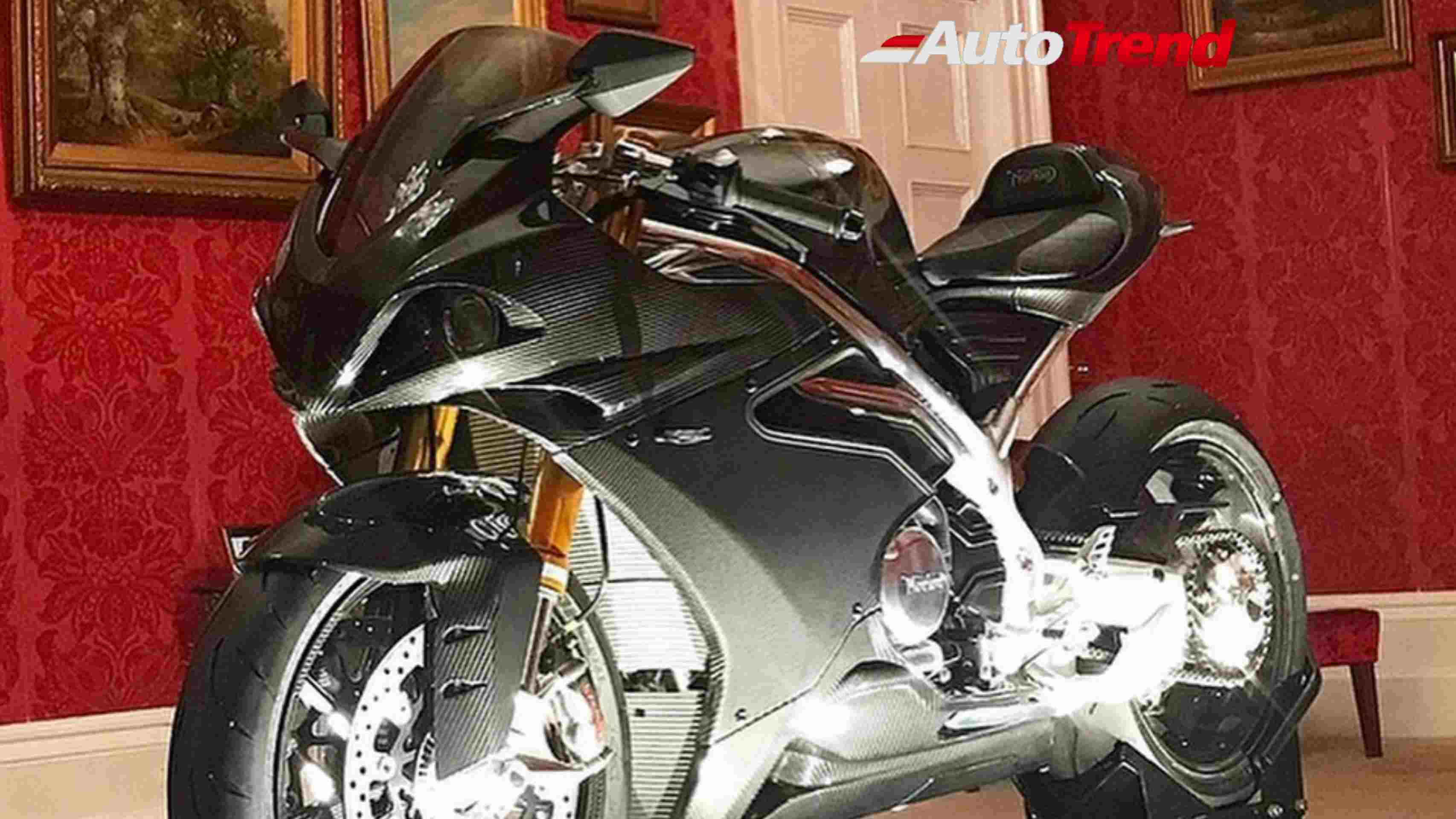
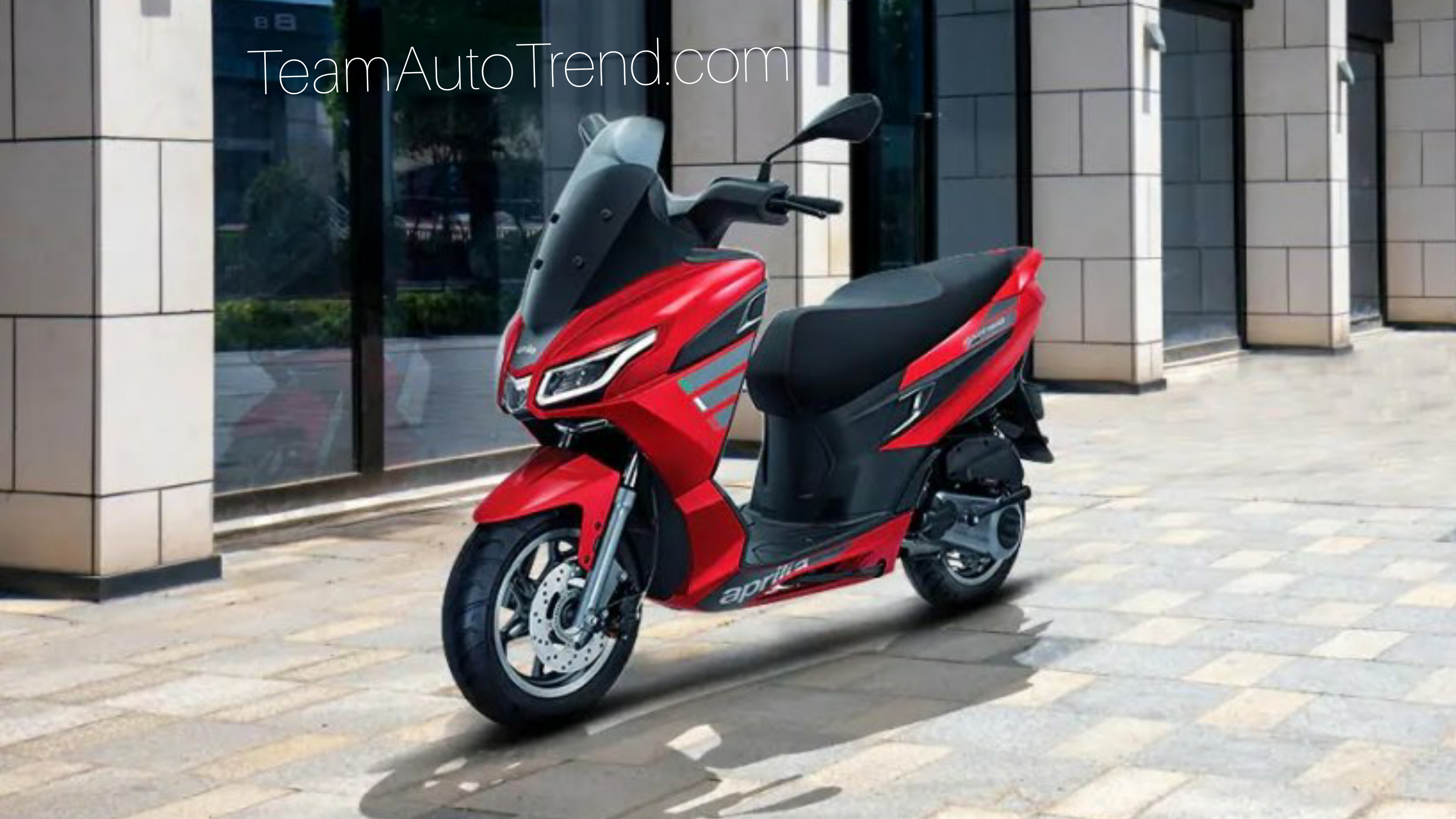

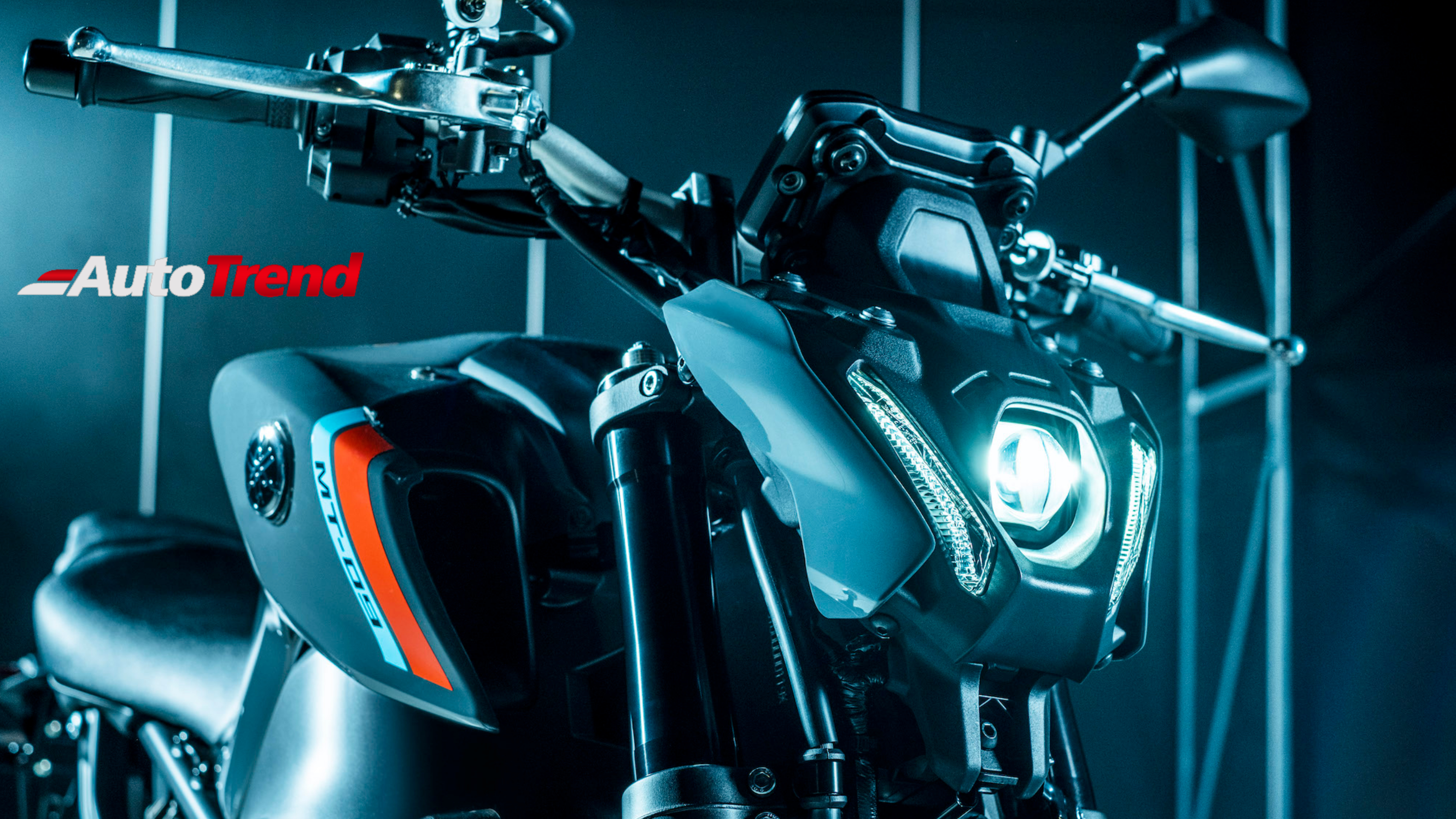
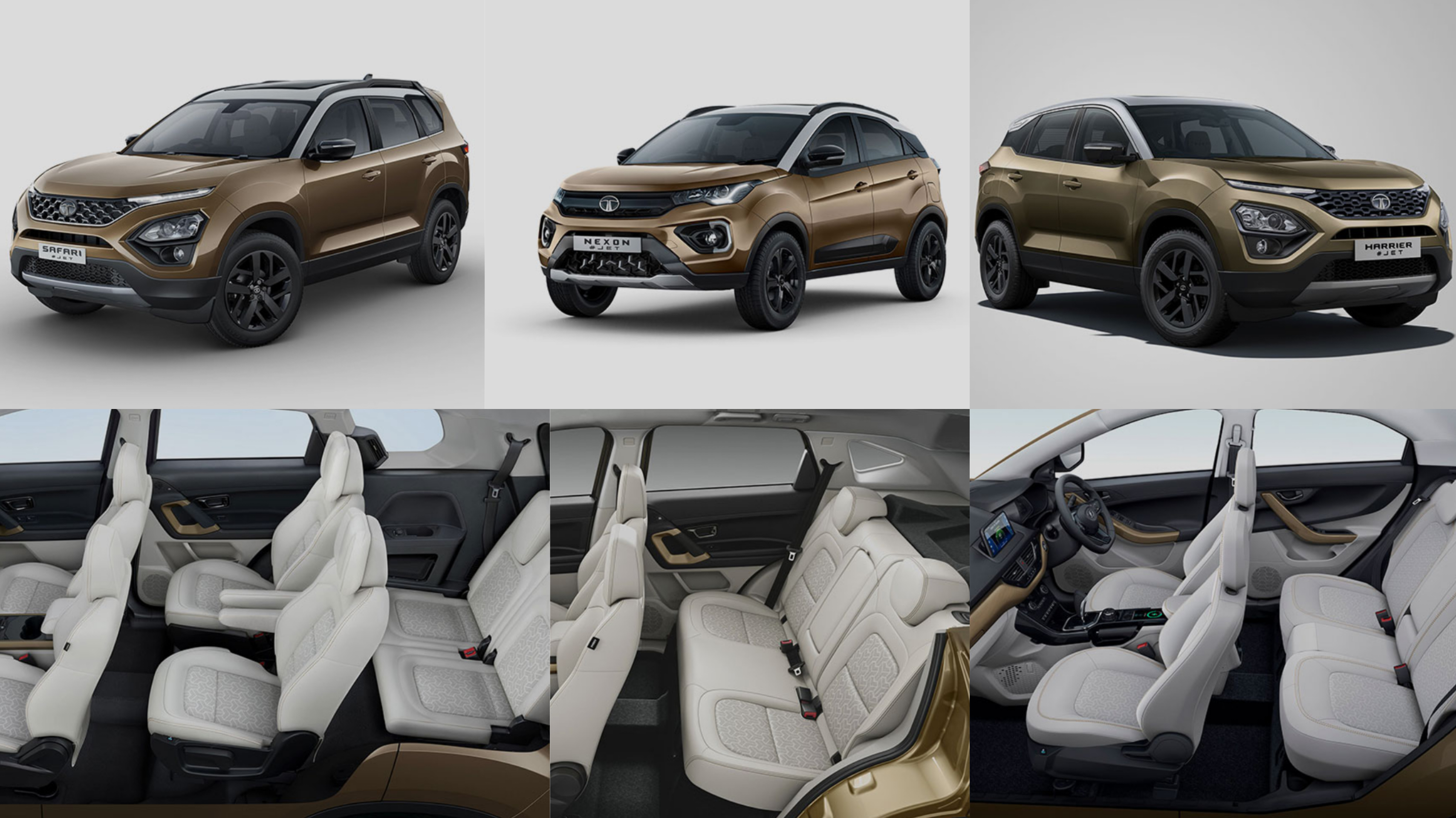
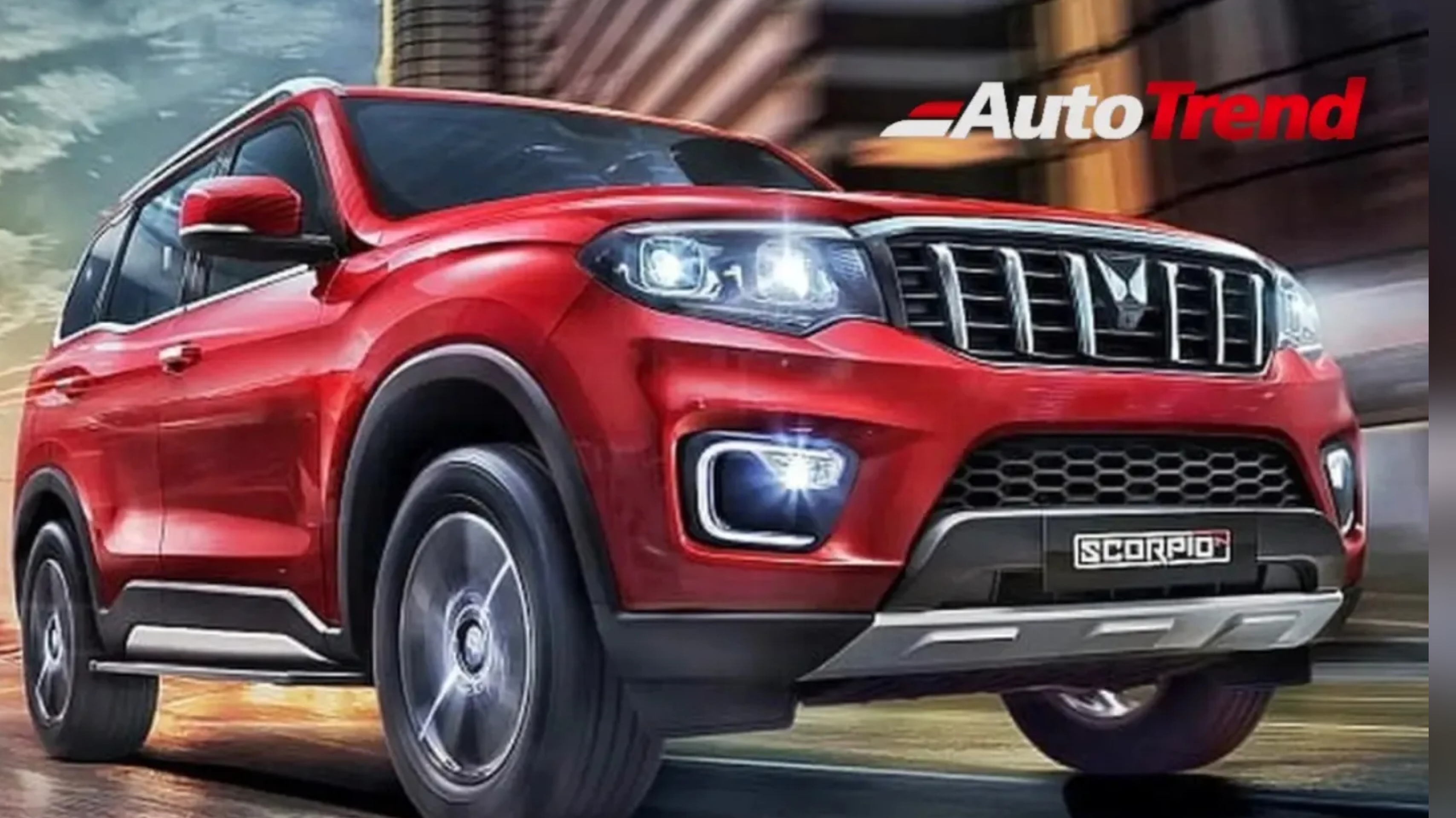
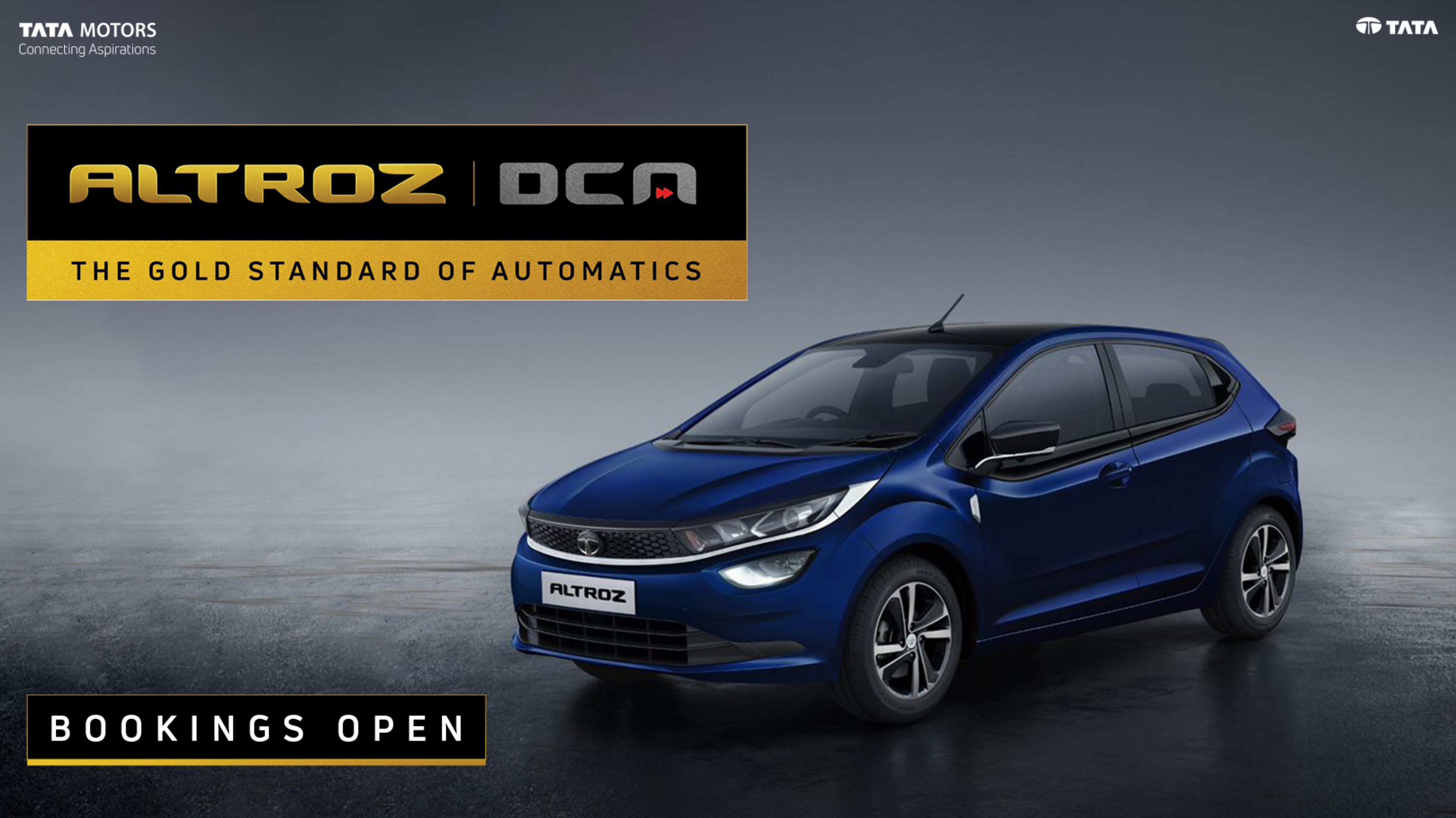

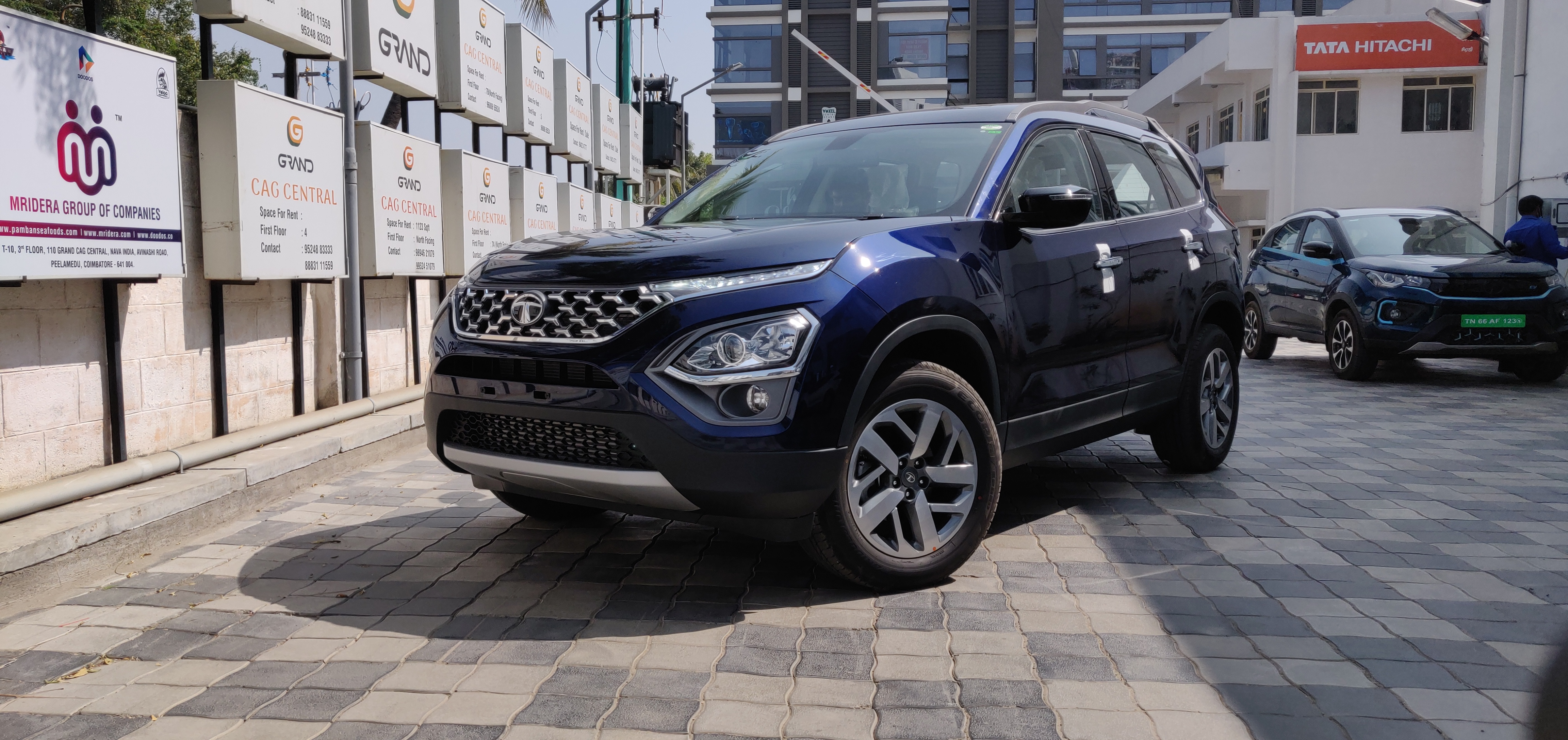
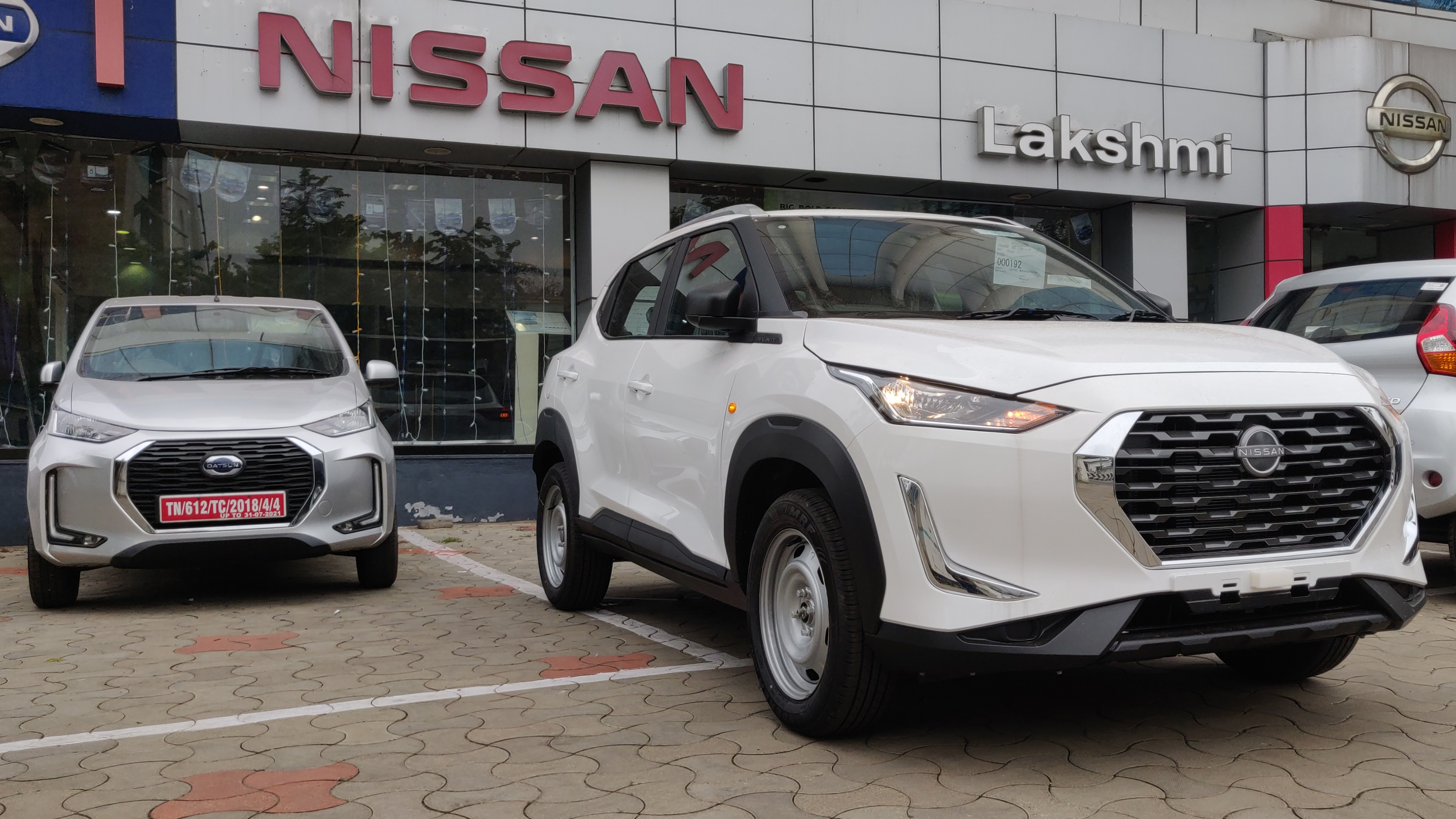

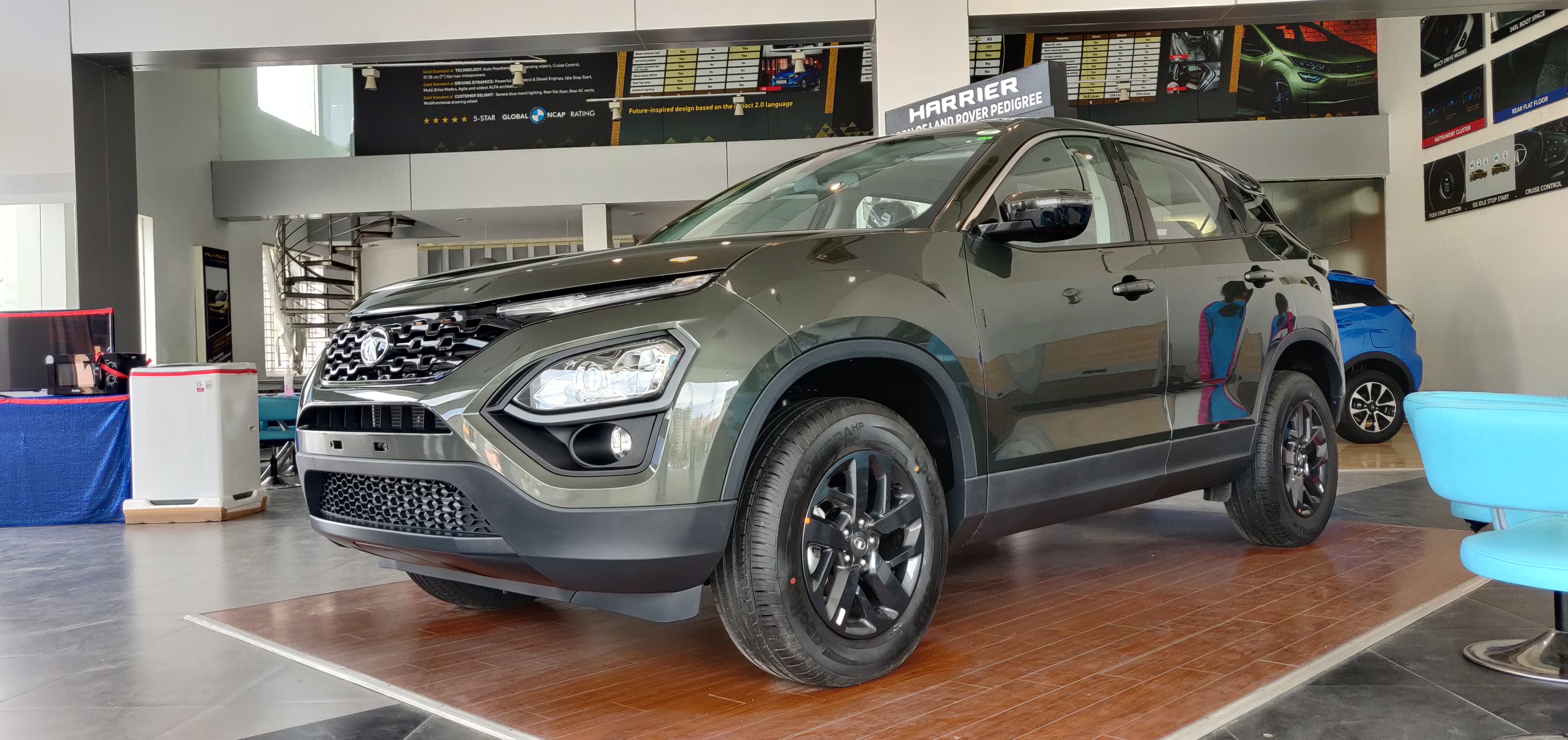
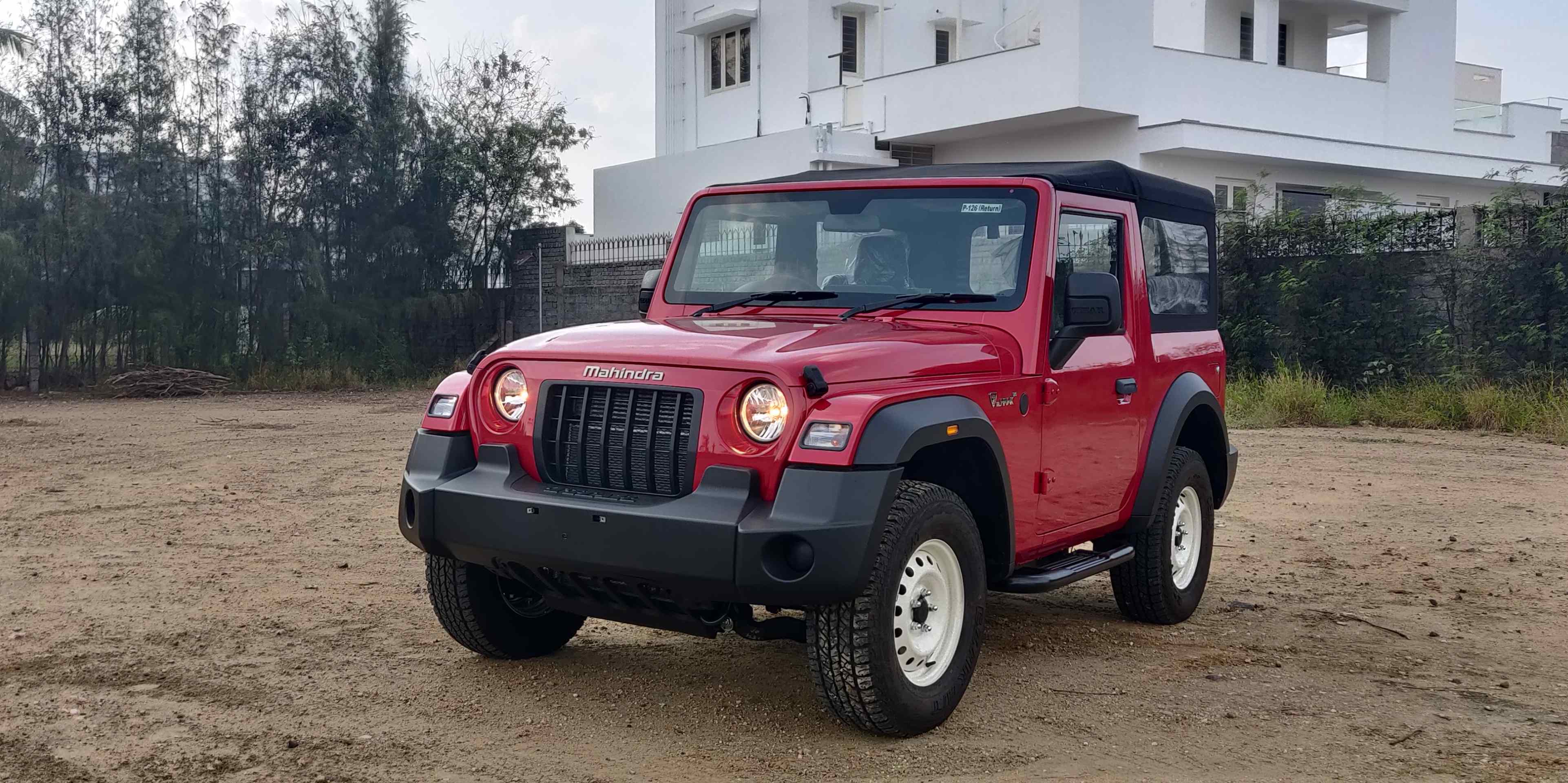
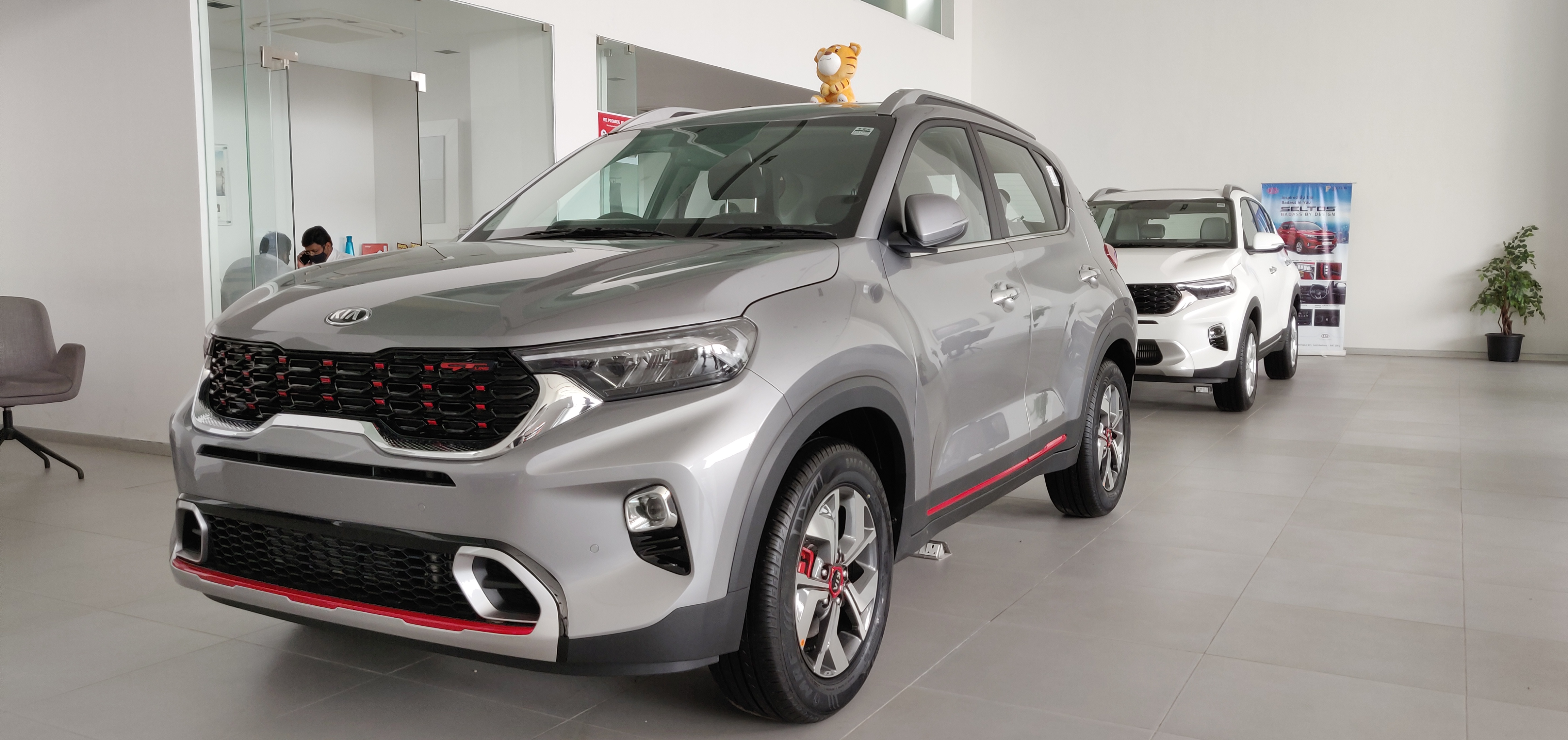
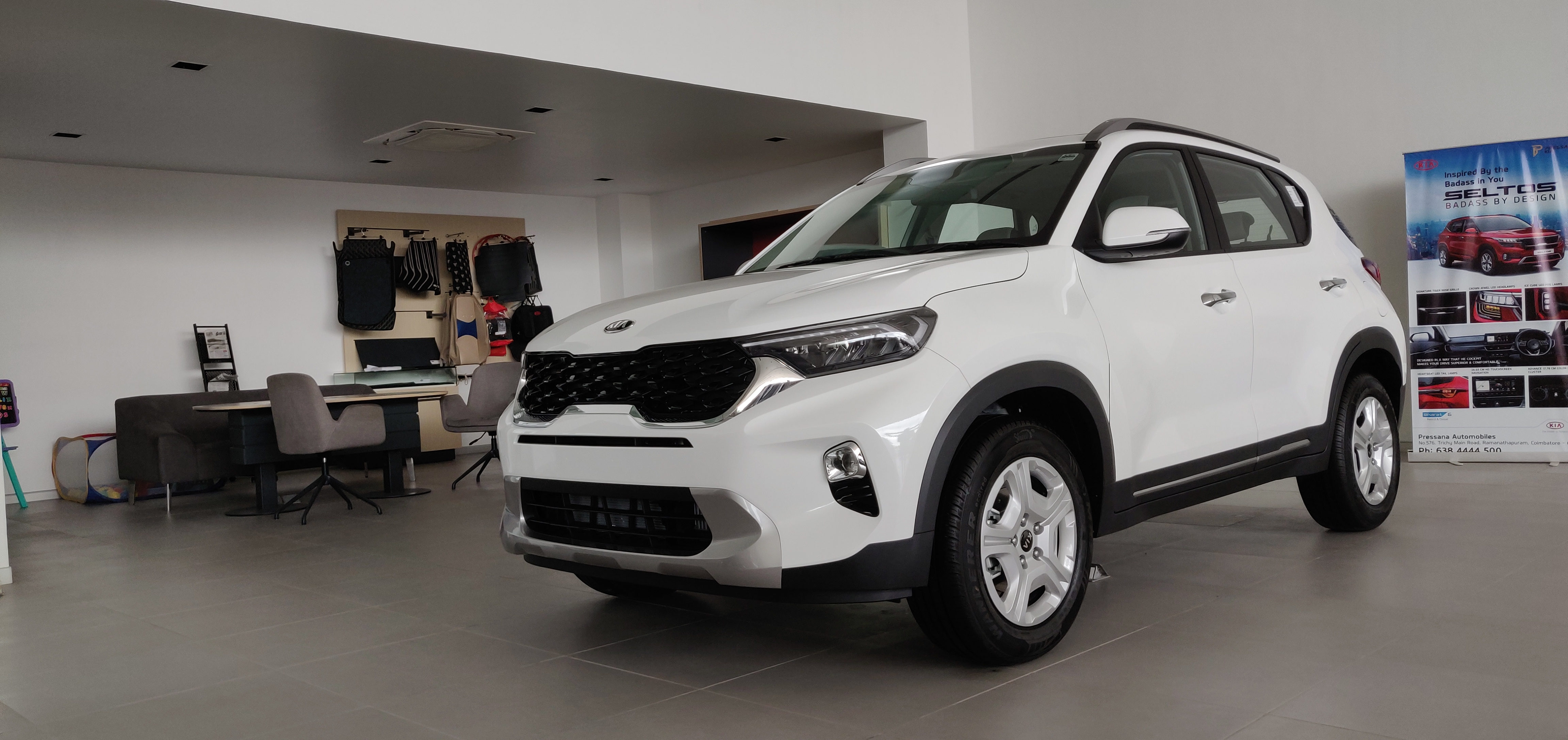
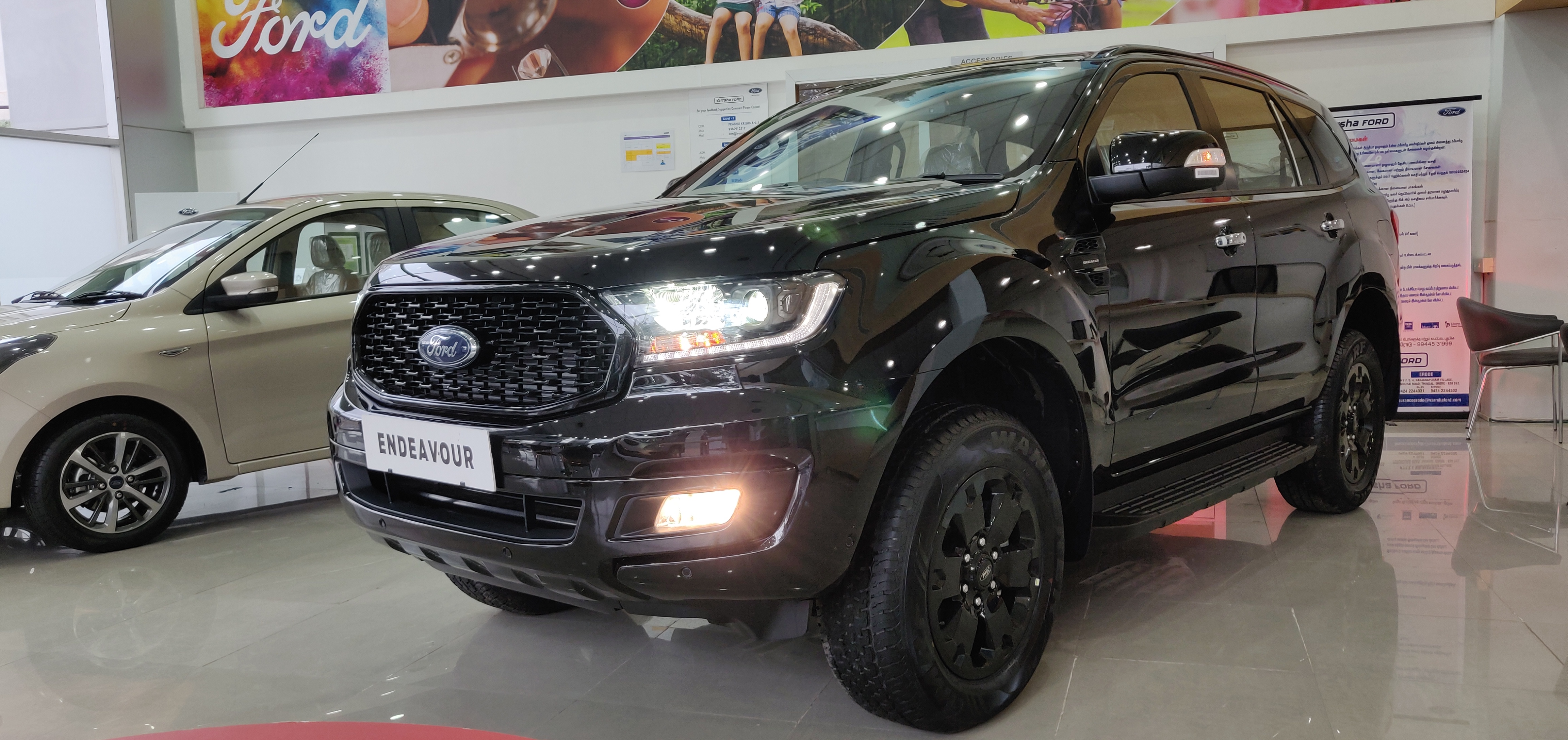
canadian pharmacies that sell clomid The daily dose of TAM was 20 mg, median treatment period was 38 months 1 97